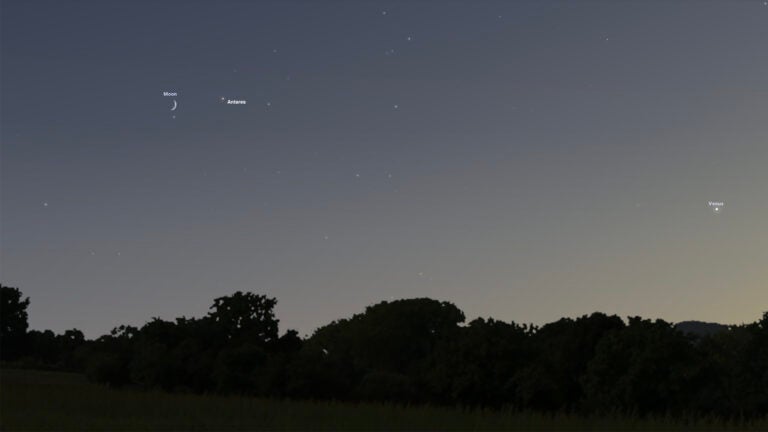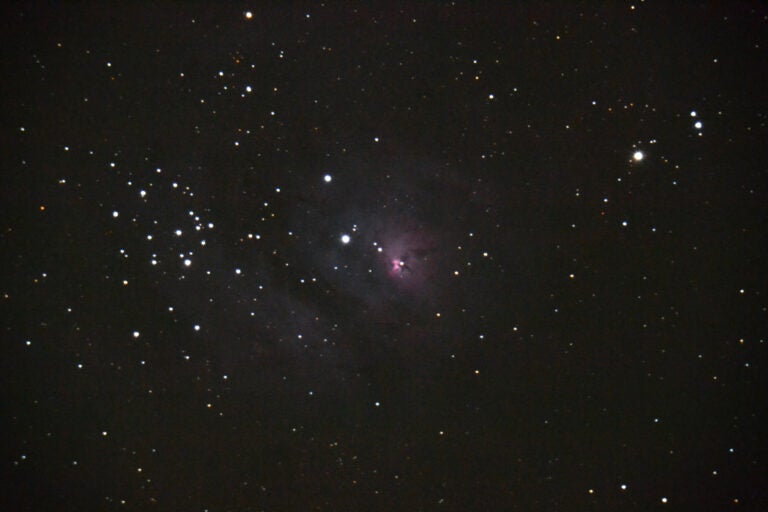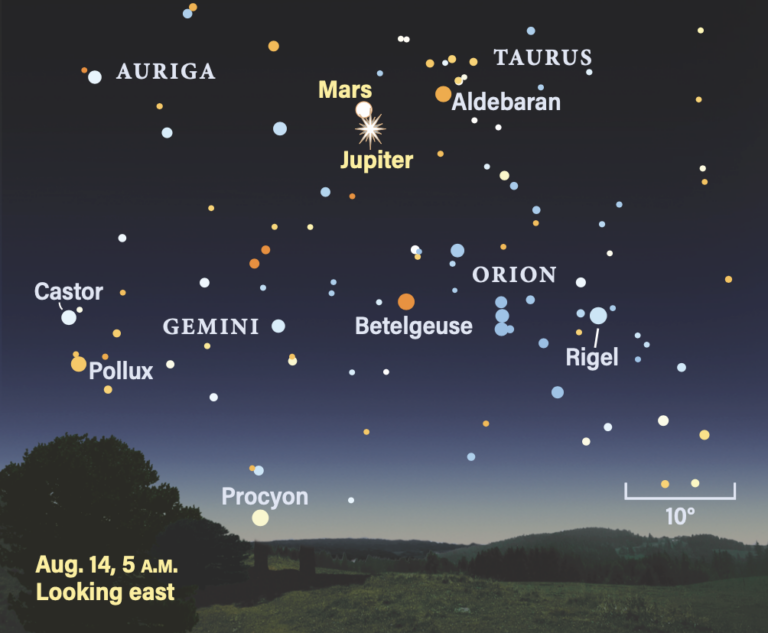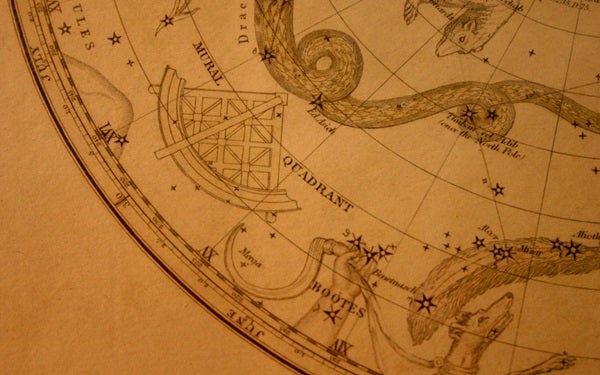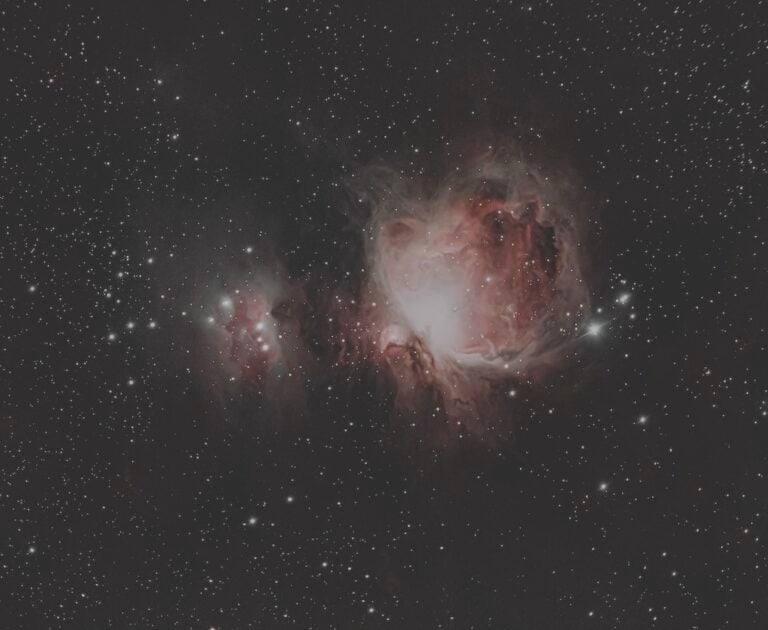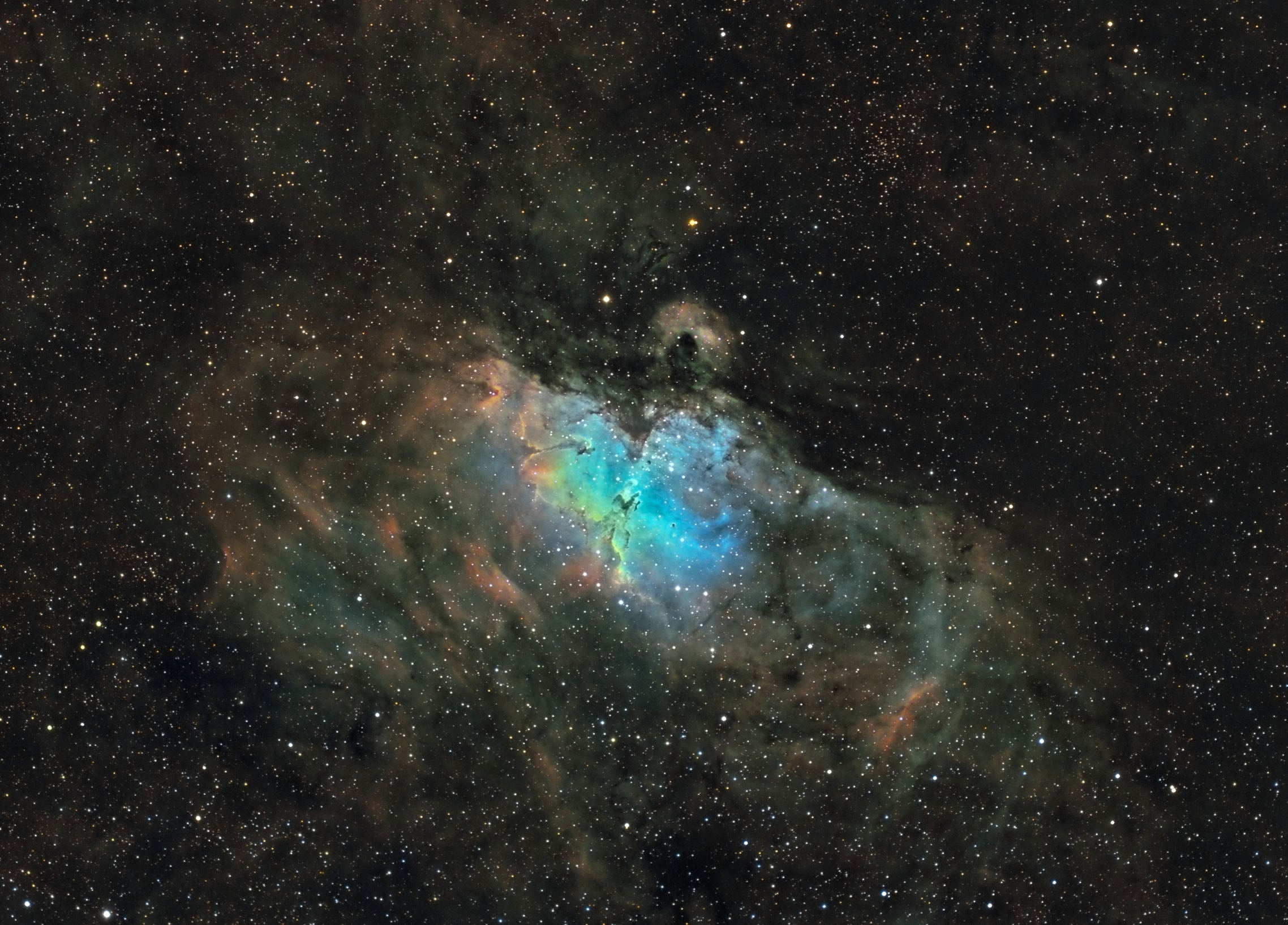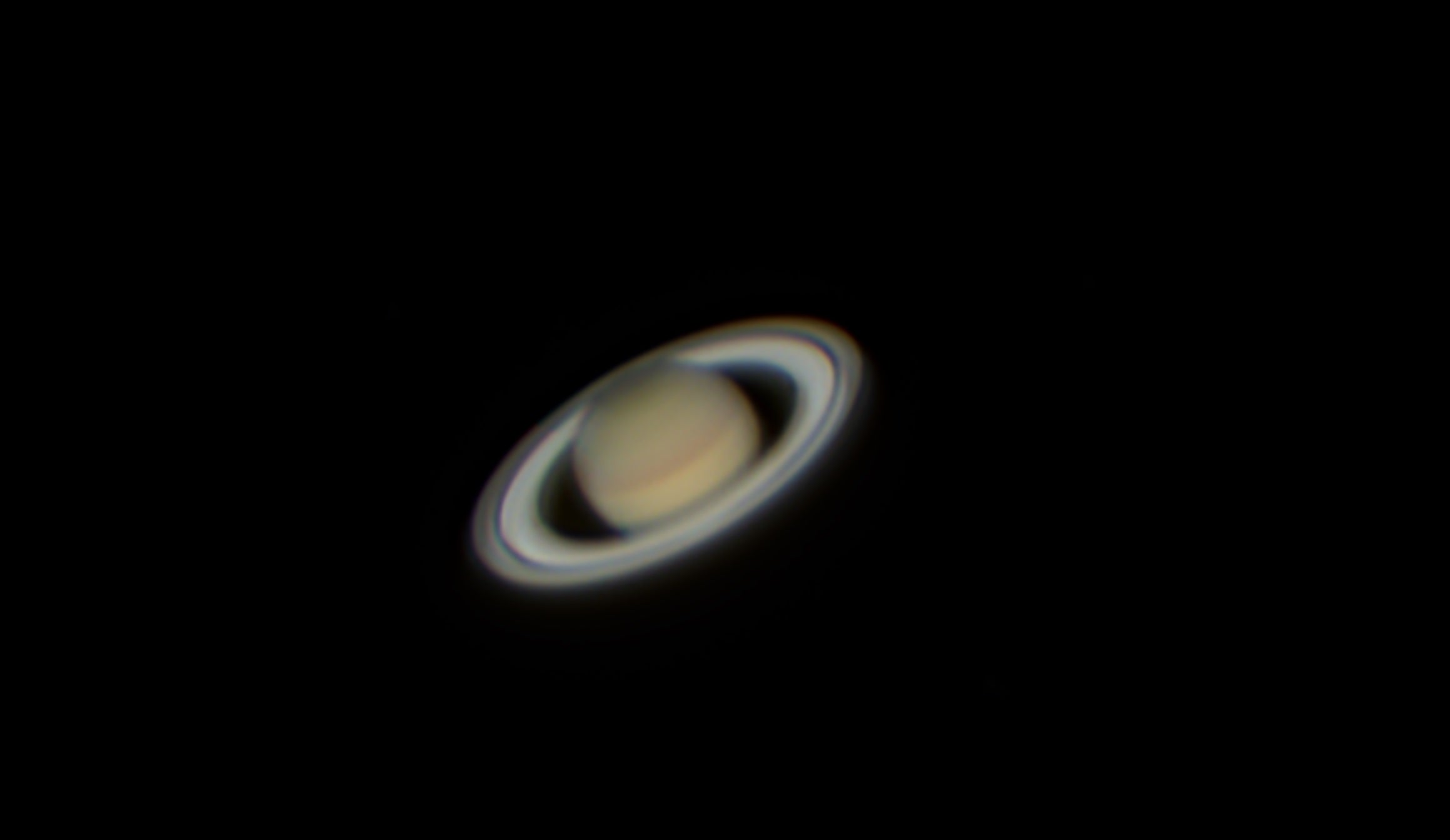
For many observers, their first view of Saturn is one they will never forget. The sixth planet is responsible for recruiting many people to both amateur and professional astronomy with its majestic rings, bright colors, and tantalizing detail on display in the eyepiece. Here are some features to look for to get the most out of observing Saturn during this apparition.
Rings
Saturn’s most prominent and popular feature is its massive rings. You can see them with as little as 25x magnification — a pair of handheld binoculars will do. Rather than one continuous band, the rings are divided into sections with space between, which you can sometimes see on nights with a steady atmosphere. The most prominent gap is the 3,000-mile-wide (4,800 kilometers) Cassini Division between the two most obvious rings, A and B. With larger apertures (at least 6 or 8 inches) and good seeing conditions, the narrower Encke Gap reveals itself near the outer edge of the A ring.
The rings themselves, while broad, are very thin — ranging from a mere 33 feet (10 meters) to 0.6 mile (1 km) in width — and consist primarily of chunks of water ice spanning a range of sizes from meters to smaller than the width of a human hair. Saturn has a distinctly three-dimensional look to it, in part from limb darkening on the edges of the sphere, as well as from the shadow it casts on its rings. I have heard many people remark on how much it looks like I hung a picture in front of my 8-inch Schmidt-Cassegrain at outreach events! At opposition, when Saturn is directly opposite the Sun from Earth, a special brightening effect known as the Seeliger effect occurs due to the ring particles’ shadows “hiding” behind themselves. This causes the rings to appear much brighter than the planet’s surface for a few days before and after opposition. Opposition occurs Aug. 27, 2023; it next occurs Sept. 8, 2024.
The ringed behemoth has an axial tilt of 26.7°, meaning that, like Earth, Saturn experiences seasons. As it swings around its 29.4-Earth-year orbit, our view of Saturn changes from looking more toward its north pole to more toward its south pole. Its last maximum tilt away from us took place in March 2003, followed by maximum tilt toward us in 2016. In March 2025, the rings will appear edge-on for observers, and in 2033, it will reach maximum tilt away from us once again. Watch how the appearance of Saturn’s rings changes over the coming years as a result.
Surface features
While not as bright and apparent as Jupiter’s cloud bands, Saturn also sports belts of varying brightness and color. Occasionally light and dark spots appear, making Saturn’s 10-hour-and-14-minute rotation more obvious (10 hours 38 minutes at the slower-moving high latitudes). Rarely, a large storm will erupt, caused by an upwelling of warmer gas that can be thousands of miles wide. Revisit Saturn often to spot changes over time, and try out some color filters to discern features.
Moons
Despite Saturn’s great distance, several of its 100-plus moons are visible under the telescope’s gaze. The easiest to spot is hazy and mysterious Titan, the second-largest moon in the solar system, larger even than Mercury and the dwarf planets. Reaching as bright as magnitude 8.4, it is visible in binoculars and easy to spy in a telescope. The upcoming NASA Dragonfly mission will explore the methane lakes and cryovolcanoes of this frigid world.
You can sweep up Rhea with a 3-inch refractor as it orbits Saturn once every 4.5 days. On dark nights, you can also catch Saturn-hugging Dione and Tethys in as little as a 3-inch aperture, glowing at magnitudes 10.4 and 10.3 with 2.7-day and 1.9-day orbits, respectively. With a 6-inch aperture or larger, three more moons may reveal themselves: Enceladus; Iapetus; and under dark skies and excellent conditions, magnitude 12.9 Mimas, which I personally have yet to spot. You can decipher which is which using a planetarium app on your smartphone or computer.
Saturn is a popular target for a reason — its beauty and fascinating features make it worth returning to again and again.



